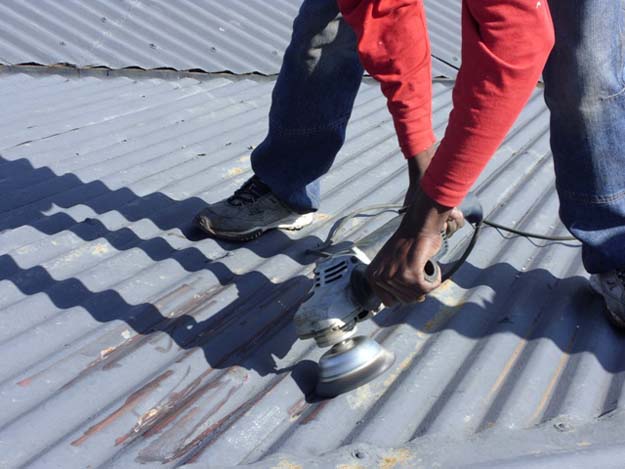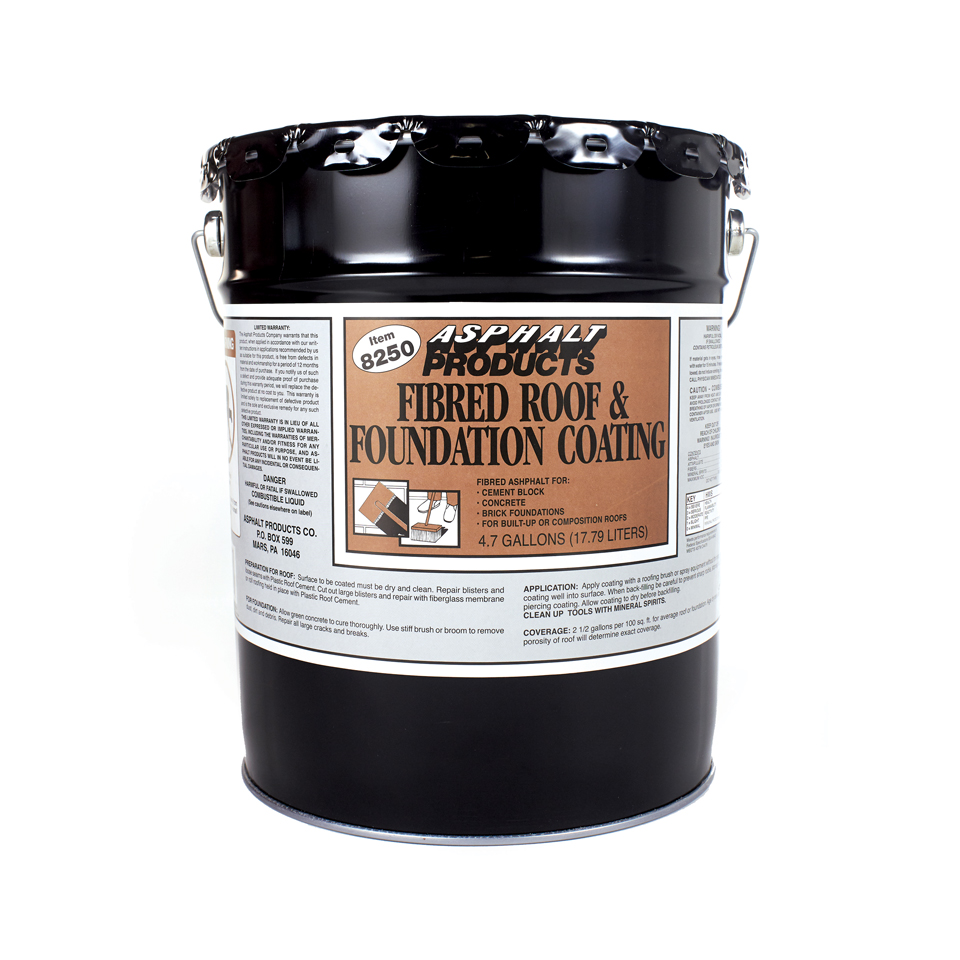Sorry however, with all elastomeric finishings, it boils down to scraping. Excellent ol Recreational vehicles require great ol elbow grease. Use a chemical paint stripper for around roofing fixtures and locations you can't get it all off. You could use it over the whole roofing but, the concern is ... would you wish to? The stuff is just nasty to deal with and extremely unhealthy to breathe and don't let it get in contact with your skin.
 Kool Seal Elastomeric Roof Coating
Kool Seal Elastomeric Roof Coating
Additional Reading: https://www.dcroofingarizona.com/tucson-arizona/
If (like me) you are the type of individual who applies caulk with the objective of getting professional-looking, smooth joints, then the application and look of lap sealant on a camper roof will throw you for a loop. Lap sealant looks more like someone was trying to put icing on a cupcake.
And if someone has recaulked an area, there are a lot more blobs on top of the older blobs. It appears counter-intuitive to the objective of avoiding water intrusion due to the fact that the application doesn't always encourage water to recede. Even a professionally applied application of lap sealant around an air vent looks more like a mini retention pond after a rain.
If you require to recaulk on location on your camper's roof, you initially have to clean up all those filthy mounds and, per the producer, apply more mounds of caulk on top of the old caulk instead of eliminating it. You are expected to check your roof a minimum of as soon as a year and apply caulk as needed.
The previous owner might not have cleaned up the old caulk prior to plopping more mounds of new caulk on top. We have actually removed old caulk that removed quickly due to the dirt and gunk underneath. We have actually discovered air pockets between layers of caulk. We have actually even discovered caulk mounds that leaked out tiny water beads when pushed, most likely due to pinholes.
When you're all set to examine your roofing system, begin by providing the roofing system and the caulk a great cleaning. Here's a link to our DIY roof cleaner. After rinsing everything off, pay attention to where water might be pooling; particularly around the caulk. Once it's dry, utilize chalk to draw a circle around any locations that have poor drain.
Everything You Need To Know About Roof Coatings
Search for indications of brittleness, cracks, pinholes, small cratering, or edges that easily raise up. Once again, utilize the chalk to draw circles around those locations that require attention. Air pockets, cracks and crevices within several layers of old lap sealantI choose to eliminate old caulk instead of blob more on top.
To prevent tearing a rubber roof membrane or scratching an aluminum roofing, shimmy the tool around the edge of the caulk until it starts to lift. It's most convenient to do this when outside temperature levels are above 80 degrees, otherwise you might utilize a hot air weapon or blow clothes dryer to carefully heat the caulk.
The is to get the old caulk as flush to the rubber surface as possible. Have a small tub, denatured alcohol, and rags close by to tidy up as you go. Store the can and rags in the little tub. Prevent letting the denatured alcohol make contact with the rubber roof for too long.
Have a tub convenient for all the old sealantOnce many of the old caulk has been gotten rid of and the surface area has actually been cleaned up and dried, use painter's tape to specify the boundary of the location to be caulked. All the old sealant has been removedSelf-leveling lap sealant really doesn't level itself out to a nice surface.
Being particular about how caulk looks, and that it promotes proper drainage, I utilize a modified application procedure. It's great to understand beforehand how the caulk will behave. A tube of caulk that is more than one years of age can be more difficult to feed using a caulk weapon and might not self-level as smoothly as a recently produced tube of caulk.
Less than 6 months is excellent. If there's no date, simply avoid the tubes that have dust on them or worn bottom edges. Use a piece of cardboard and lay a little item like a screw or bolt in the middle of the cardboard to test out your caulk. Apply a 3/8 inch bead of sealant in a straight line down the length of the cardboard, making certain to likewise cover the screw or bolt.
White-seal 100% Acrylic Elastomeric Reflective Roof
The sealant needs to begin skinning over in 5 minutes. Older tubes of sealant might not self-level as nicely or they might skin over much more rapidly. Repeat this test for each tube of sealant as you are all set to utilize it. As soon as you understand the how your tube of sealant will carry out after application and how rapidly it will establish a skim coat, you can begin using beads of sealant.
 Spraying Elastomerics And Roof Coatings – A Complete Guide
Spraying Elastomerics And Roof Coatings – A Complete Guide
Keep the sealant beads roughly 1/2 inch far from the painter's tape (or whatever distance your tube test spread indicated). Within 5 minutes of application, dip your fingers or a plastic putty knife into the water/Dawn mixture, then "help" direct the sealant leveling by utilizing light pressure to press the bead circulation into the wanted slope or shape.
Utilize the very same method to produce a feathered edge toward the painter's tape. As quickly as the sealant establishes a skin coat, remove the painter's tape. Lap Sealant Cure Time5 Minutes Skins over4 Hours Waterproof48 Hours 80% Cure30 Days 100% CureAnother option is to skip using lap sealant entirely and use roofing system sealant tape rather.
The rate of the tape is comparable to using lap sealant (and maybe a little less costly). We utilized Beech Lane tape, which we selected up at Amazon for under $35 (here's the link if interested). Rubber Sealant Applied To Camper Roofing CleanedAnd here's a photo after applying a fresh coat of rubber roofing finish.